Bird’s nest, particularly the edible nests sourced from swiftlets, has been revered in traditional Chinese medicine and cuisine for centuries due to its perceived health benefits, including enhanced immune function, improved skin health, and energy boosting properties. Its scarcity, combined with these perceived benefits, has made it a highly sought-after delicacy and a symbol of luxury and well-being. However, like any other food product, bird’s nest can spoil if not stored properly. Understanding how to determine if bird’s nest has gone bad is crucial for ensuring its safety and maintaining its nutritional and sensory qualities.
Understanding Bird’s Nest
Before diving into the signs of spoilage, it’s essential to understand what bird’s nest is and its basic characteristics. Bird’s nest is primarily composed of the salivary secretions of certain species of swiftlets, which they use to build their nests. These nests are meticulously collected, cleaned, and processed before being sold as a food product. High-quality bird’s nest is characterized by its translucent, silky texture and its mild, slightly sweet taste.
Storage Conditions for Bird’s Nest
Proper storage is the first line of defense against spoilage. Bird’s nest should be stored in a cool, dry place away from direct sunlight and sources of heat. Ideally, it should be kept in an airtight container or vacuum-packed to prevent moisture and air from causing deterioration. Refrigeration is recommended for long-term storage, especially in humid climates, as it slows down the chemical and microbial activities that lead to spoilage.
Signs of Spoilage
Identifying whether bird’s nest has gone bad involves examining several aspects, including appearance, aroma, texture, and taste. Here’s a comprehensive guide to help you determine if your bird’s nest has spoiled:
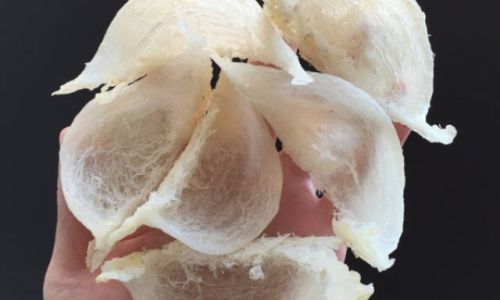
Appearance
Visual inspection is often the first step in identifying spoiled bird’s nest. Fresh, high-quality bird’s nest has a translucent, almost glassy appearance with a silky texture. As it begins to spoil, you may notice changes in its appearance:
-
Discoloration: Bird’s nest that has turned yellow, brown, or developed dark spots is a sign of oxidation or mold growth. While some natural variation in color can occur due to the species of swiftlet or the processing method, sudden or significant changes in color are indicative of spoilage.
-
Moisture Spots: The presence of moisture spots or patches of dampness indicates that the bird’s nest has been exposed to excessive humidity, which can promote microbial growth.
-
Mold Growth: If you see mold or fungal growth on the surface of the bird’s nest, it is a clear sign that it has spoiled and should be discarded immediately.
Aroma
Bird’s nest has a subtle, slightly sweet aroma when it is fresh. As it begins to spoil, the aroma changes, often becoming unpleasant or strong.
-
Off Odors: A musty, moldy, or sour smell is indicative of spoilage. These odors are caused by microbial activity, which produces volatile compounds that alter the natural aroma of the bird’s nest.
-
Strong Smells: If the bird’s nest emits a strong, pungent odor, it is likely due to the growth of bacteria or fungi.
Texture
The texture of bird’s nest is another critical indicator of its freshness. Fresh bird’s nest is silky and smooth, with a slightly elastic feel. Changes in texture can signal spoilage:
-
Sticky or Tacky Texture: If the bird’s nest feels sticky or tacky, it may have absorbed moisture, which can lead to microbial growth.
-
Hardening or Brittleness: Over time, exposure to air and light can cause the bird’s nest to harden or become brittle. While hardening alone may not necessarily indicate spoilage, it can affect the texture and mouthfeel when consumed.
-
Lumpy or Clumpy Texture: If the bird’s nest has developed lumps or clumps, it may be due to moisture accumulation or the growth of mold.
Taste
Tasting a small amount of bird’s nest can provide additional insights into its freshness. However, it’s important to note that tasting spoiled food can pose health risks, so this step should be approached with caution.
-
Bitter or Sour Taste: Fresh bird’s nest has a mild, slightly sweet taste. If it tastes bitter, sour, or off, it is likely spoiled.
-
Off-Flavors: Any unusual or unpleasant flavors indicate that the bird’s nest has undergone chemical or microbial changes that have altered its natural taste.
Advanced Indicators of Spoilage
In some cases, more subtle signs of spoilage may not be immediately apparent through visual, olfactory, or tactile inspection. Here are some advanced indicators that may require closer examination or testing:
Microbial Testing
For those who are particularly concerned about the safety of their bird’s nest, microbial testing can provide definitive evidence of spoilage. This involves sending a sample to a laboratory for analysis to detect the presence of bacteria, fungi, or other microorganisms that indicate spoilage.

Moisture Content
The moisture content of bird’s nest is a critical factor in its shelf life. Excessive moisture can promote microbial growth and lead to spoilage. While home testing for moisture content is not feasible, being aware of the packaging and storage conditions can help minimize the risk of moisture accumulation.
Chemical Changes
Over time, chemical changes can occur in bird’s nest, such as oxidation, which can alter its nutritional profile and sensory qualities. These changes may not be immediately apparent through visual or olfactory inspection but can be detected through advanced analytical techniques, such as spectroscopy or chromatography.
Preventing Spoilage
Preventing spoilage is always preferable to identifying and discarding spoiled bird’s nest. Here are some tips to help extend the shelf life of your bird’s nest:
-
Proper Storage: Store bird’s nest in an airtight container or vacuum-packed bag in a cool, dry place away from direct sunlight and sources of heat. Refrigeration is recommended for long-term storage.
-
Humidity Control: In humid climates, consider using desiccants or silica gel packets to absorb excess moisture.
-
Inspection Before Use: Always inspect bird’s nest before use for signs of spoilage, such as discoloration, mold growth, or off odors.
-
Purchase from Trusted Sources: Buying bird’s nest from reputable suppliers who prioritize quality and freshness can reduce the risk of receiving spoiled products.
Conclusion
Bird’s nest is a delicate and highly valued food product that requires careful handling and storage to maintain its freshness and nutritional benefits. By understanding the signs of spoilage and taking proactive steps to prevent it, you can ensure that your bird’s nest remains safe and enjoyable to consume. Remember, the key to preventing spoilage is proper storage, regular inspection, and purchasing from trusted sources. By following these guidelines, you can enjoy the unique benefits of bird’s nest without worrying about its safety or quality.
Additional Considerations for Consumers
As a consumer, it’s important to be informed and vigilant when it comes to the safety and quality of your food, especially when dealing with high-value items like bird’s nest. Here are some additional considerations to keep in mind:
-
Expiration Dates: Pay attention to the expiration or best-before dates provided by the manufacturer. While these dates are not always indicative of spoilage, they can provide a general guideline for how long the product is likely to remain fresh.
-
Country of Origin: The country of origin can affect the quality and safety of bird’s nest. Some countries have stricter regulations and quality control measures than others. Research the country of origin and the processing methods used to ensure that you are purchasing a high-quality product.
-
Certifications and Standards: Look for certifications and standards that indicate the quality and safety of the bird’s nest. For example, bird’s nest that is certified organic or meets specific quality standards is likely to be of higher quality and safer to consume.
-
Consumer Reviews: Reading consumer reviews and feedback can provide insights into the quality and freshness of bird’s nest from different suppliers. Look for consistent positive reviews and avoid suppliers with a history of complaints or negative feedback.
Final Thoughts
In conclusion, determining if bird’s nest has gone bad involves a combination of visual, olfactory, tactile, and taste inspections. By being aware of the signs of spoilage and taking proactive steps to prevent it, you can ensure that your bird’s nest remains a safe and enjoyable addition to your diet. Remember, the key to maintaining the freshness and quality of bird’s nest is proper storage, regular inspection, and purchasing from trusted sources. With these guidelines in mind, you can enjoy the unique benefits of this cherished delicacy with confidence.
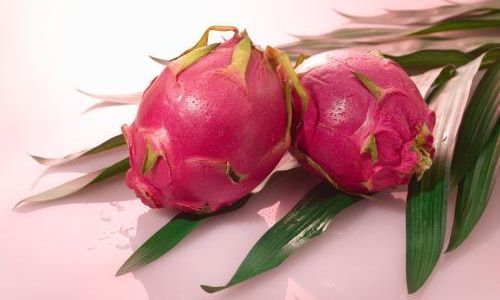
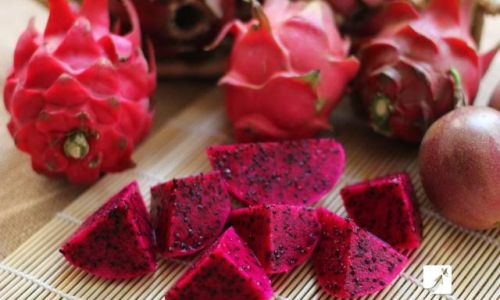
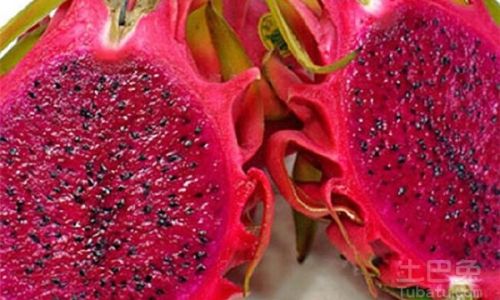
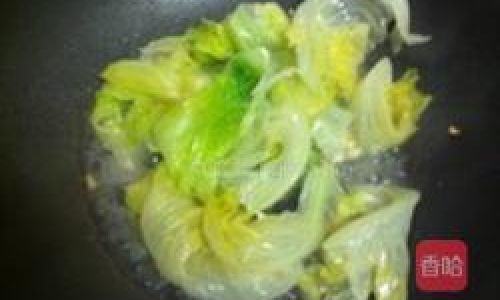
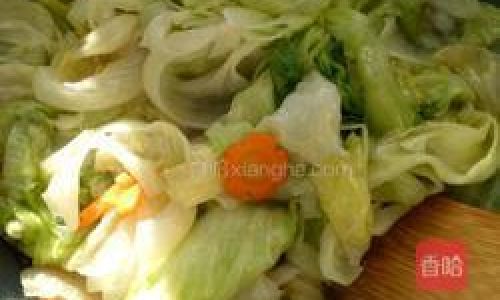
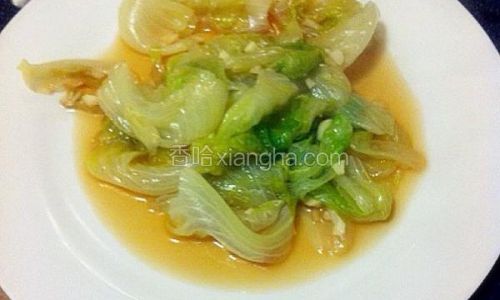
0 comments